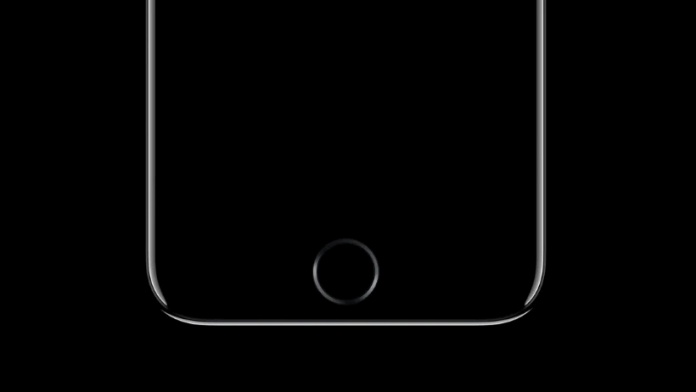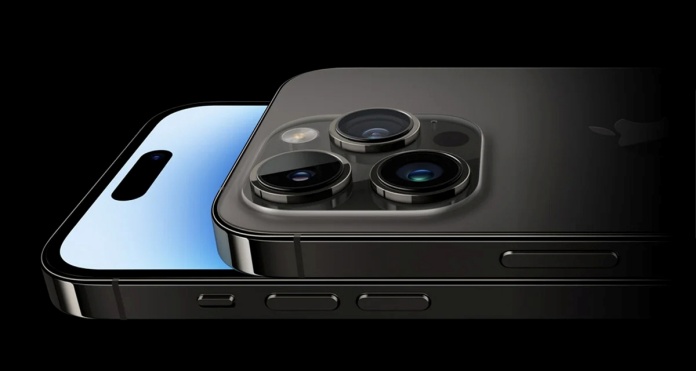apple iPhone has always been known for its stylish design and innovative features, and the new iPhone 15 series will follow suit. One of the most talked about features of new devices has been solid state buttons. So what are these solid state buttons?
Although these buttons do not physically move, they provide tactile feedback to users, making them feel like they are pressing a physical button. However, recent rumors suggest that Apple may have to postpone this feature due to technical problems.
In this article, we’ll explain what solid state buttons are, how they compare to traditional physical buttons, and how they compare. On iPhone 15 Pro models We’ll see if we can see it.
What are Solid State Buttons?
solid state buttons, a type of button that does not physically move like traditional buttons. Instead, they use haptic feedback to simulate the feeling of pressing a button. This technology uses a small motor to create a vibration that mimics the tactile feedback of pressing a physical button. Solid state buttons are commonly used in touchscreens and are known for their sleek and modern design. In addition, they are more durable than physical buttons, as they do not have moving parts that can wear out over time.
Apple has been using solid state technology for years. For example, in 2016 iPhone 7‘home button inreplaced by a solid-state design. Similarly, MacBook trackpads and iPod control wheels undergo the same transformation. It made Apple’s devices more reliable and durable.
Physical Buttons vs Solid State Buttons
Physical buttons are traditional buttons that have been used on phones for decades. They are mechanical and require physical movement to function. When a physical button is pressed, it physically moves down and hits a switch that sends an electrical signal to the phone’s processor. This signal is then interpreted by the phone’s software, which performs the requested action. Physical buttons are generally reliable, easy to use, and can provide haptic feedback.
Solid state buttons, on the other hand, are a newer technology that does not require any physical movement. Instead, they use capacitive touch sensors to detect when a user touches the surface of the button. When a user taps a solid-state button, the button vibrates, providing haptic feedback and simulating the feeling of pressing a physical button. The phone’s processor then interprets the electrical signal produced by the touch sensor to perform the desired action. However, they do not provide the same level of haptic feedback as physical buttons, which can be a disadvantage for some users.

Advantages of Solid State Buttons
- Durability: Because solid-state buttons have no moving parts, they are more durable and resistant to wear and tear than traditional physical buttons.
- Design: Solid state buttons can be designed to have a sleek and modern look, which can be visually appealing and contribute to a more cohesive design of the device.
- Haptic feedback: Solid-state buttons can provide haptic feedback to simulate the feeling of pressing a physical button, which can improve the user experience and provide a more intuitive and responsive interface.
- Water and dust resistance: Solid-state buttons are more resistant to water and dust than physical buttons, which can increase the overall durability of the device.
- Energy efficiency: Solid-state buttons require less energy than physical buttons, which can provide longer battery life and lower power consumption.

Disadvantages of Solid State Buttons
- Lack of tactile feedback: One of the main disadvantages of solid-state buttons is the lack of haptic feedback. Unlike physical buttons, which have a distinct click or press when pressed, solid state buttons rely on haptic feedback to simulate the feeling of pressing a button.
- Accidental presses: Without the physical feedback of a button, it may be easier to accidentally press a solid-state button, especially if they’re placed too close together or the haptic feedback isn’t strong enough.
- Reliability issues: While solid-state switches have no moving parts that can wear out or break, they can still fail if the underlying technology isn’t robust enough.
- Higher cost: Solid-state buttons are generally more expensive to manufacture than physical buttons, which can make them less attractive to budget-conscious consumers.
Will solid-state buttons be included in the iPhone 15 series?
Rumors are circulating that the iPhone 15 Pro and iPhone 15 Pro Max will feature solid-state buttons. However, it seems Apple ran into some technical issues trying to incorporate them into new models and this may cause a delay in their launch. While Apple analyst Ming-Chi Kuo argues that the solid-state button design has been abandoned due to technical problems that cannot be resolved before mass production, it is not yet clear whether Apple has made a final decision on this issue.
Despite these difficulties, there is still the possibility that Apple will introduce solid-state buttons on the iPhone 15 Pro models. Apple is known for innovation and is always looking for ways to improve its products. The company can overcome technical issues and find a solution that works.
